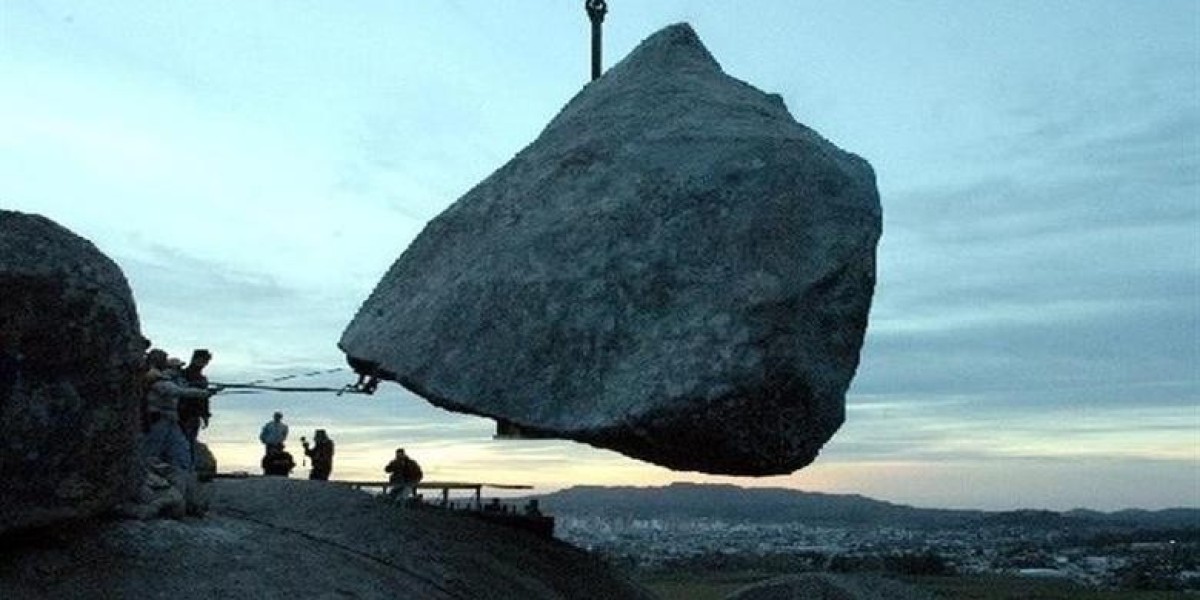article image source: blog.naver.com (link)
Thomas Kinkade, known as the “Painter of Light,” has been both adored and heavily criticized for his idyllic depictions of tranquil cottages and glowing landscapes. His works, often considered symbols of comfort and nostalgia, paint a stark contrast to the complexities of his personal life and the challenges he faced, including struggles with his own identity and business.
advertisement
Kinkade's art, which consistently showcased cozy cottages nestled in serene natural landscapes, garnered him widespread fame. At his peak in the early 2000s, his company brought in over $100 million annually. Yet, despite his commercial success, many art critics were quick to dismiss his paintings as overly sentimental and commercially shallow. Charlotte Mullins, author of A Little History of Art, critiques Kinkade’s style as “saccharine fantasy,” arguing that his work was “like the images on cheap greeting cards – sugary and forgettable.”
Art For Everybody l Official Documentary Trailer 4K Ultra HD
But beyond this critique of his visual aesthetic, some critics see darker undertones in his work. In her 2003 memoir Where I Was From, Joan Didion suggested Kinkade’s paintings of glowing cottages were “sinister,” resembling a trap for children like Hansel and Gretel. This interpretation of Kinkade’s idyllic imagery as somewhat unnerving might have more to do with the artist’s personal history than one might assume.
An American Artist: The Life Story of Thomas Kinkade
A Glimpse into the Artist's Struggles
The documentary Art for Everybody delves into Kinkade's life, revealing that his public persona as the embodiment of wholesome Americana was far removed from his internal battles. Miranda Yousef, the filmmaker behind the documentary, highlights how Kinkade's carefully crafted brand concealed the turmoil he faced behind the scenes. Audio recordings from his early years as an art student in the 1970s reveal a man already grappling with questions of artistic integrity and the need to make a living. Kinkade's later foray into creating idealized, nostalgic American landscapes may have been born out of his own longing for comfort and stability.
Raised in a modest home in Placerville, California, where his family struggled with financial hardship, Kinkade’s early life was marked by feelings of isolation and a lack of warmth. Yousef notes that the “cozy glow” in his paintings might have been an expression of what he had missed as a child, with his home often cold and dark due to his family's inability to afford heating or lighting. These early experiences may have shaped the idealized, glowing cottages that became his signature, reflecting the warmth and comfort he longed for.
Commercial Success Meets Artistic Criticism
Despite the criticisms of his work as overly commercialized, Kinkade’s business acumen was undeniable. He marketed his paintings not only as traditional artworks but as collectibles, mass-producing prints and even putting his imagery on items like furniture and ornaments. He went so far as to open “Signature Galleries” across the United States and appeared on television programs to promote his work.
However, some critics, like art critic Christopher Knight of the Los Angeles Times, dismissed Kinkade’s imagery as shallow and cliché, noting the heavy use of intense colors and light. Mullins further critiques Kinkade for mass-producing his works, claiming that, unlike genuine art prints that retain value due to their limited edition, Kinkade’s mass production “was never about offering rare and precious art.”
Yet Yousef defends Kinkade’s skill, acknowledging that while others created similar imagery, his work was of a higher quality. She also suggests that Kinkade's seemingly market-driven paintings were not solely the result of his desire for wealth but might have been deeply linked to his upbringing and childhood experiences.
image source: blog.naver.com
Behind the Smile: The Strain of Living the Brand
While Kinkade’s art was embraced by many for its nostalgic, heartwarming quality, the persona he created around it was more complicated. His carefully curated image as a devoted Christian and family man helped reinforce the image of a wholesome, patriotic artist. He marketed his works as not just art but as a lifestyle, claiming that buying his pieces aligned buyers with traditional values. However, as his family and friends reveal in the documentary, this “idealized” family image was often at odds with the reality of his personal life.
Kinkade’s daughters recall that while they were encouraged to smile in public appearances, their father often seemed more concerned with his brand than with their well-being. The pressure to uphold this perfect image took a toll on Kinkade, contributing to his eventual downfall. In the mid-2000s, personal and professional challenges led Kinkade to reinvent himself as a reckless, hard-drinking figure, distancing himself from his earlier “family man” persona. Tragically, he died at the age of 54 from an accidental overdose.
The Hidden Darkness
After his death, Kinkade’s family discovered a trove of darker artwork that stood in stark contrast to the glowing cottages he was known for. These more violent and unsettling pieces — including images of ominous landscapes and figures in distress — provided a window into the artist’s internal struggles. Art for Everybody raises the question: were these works more authentic expressions of Kinkade’s inner world than the comforting images he sold to the public? And, had he explored these darker themes more openly, could it have led to a healthier expression of his creativity?
The Legacy of a Commercial Pioneer
In many ways, Kinkade was ahead of his time. He was an early culture warrior, aligning himself with Christian values and traditional American ideals long before the rise of contemporary culture wars. His branding of himself as a "Painter of Light" and his marketing strategies, which included mass distribution and product collaborations, set the stage for the influencer-driven world of today. Kinkade’s ability to turn his persona into a product, much like modern-day celebrities and brands, was a precursor to the self-branding that defines social media culture today.
Ultimately, Kinkade’s story raises important questions about the cost of creating a brand, especially when it means sacrificing personal authenticity. As Yousef reflects in the documentary, the price of turning oneself into a brand can be high, and for Kinkade, that cost was tragically steep.
Thank you !











